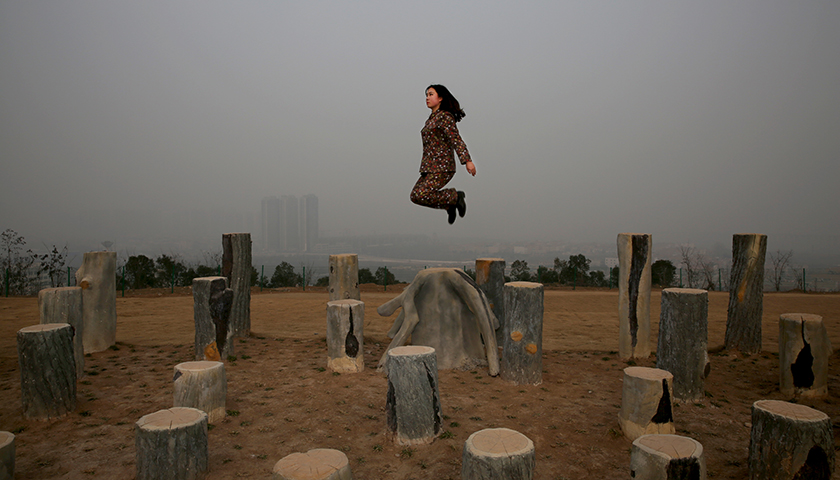
In Residence: Sichong Xie
- 1 July – 30 September 2017
Hauser & Wirth has launched a brand new residency for students from The California Institute for the Arts (CalArts) to exchange with Bath School of Art and Design, Bath Spa University. The two educational institutions are local to Hauser & Wirth Los Angeles and Hauser & Wirth Somerset respectively.
The initiative has been designed to support emerging artists affiliated with these universities by offering them locations to live and work for an intensive short-term period in Los Angeles, USAand Somerset, UK. The program encourages independent work while providing support through contact with academics, curators and artists.
Hauser & Wirth Somerset is delighted to announce that Sichong Xie has been chosen to participate in the residency at Bath School of Art & Design, Bath Spa and will be coming to Somerset in July.
Fiona Haines has been selected to take part in the residency at Cal Arts. Find out more here.
About Sichong Xie Sichong Xie seeks to be a cultural organiser who utilises body-based sculptural forms (masks / costumes / objects) transforming discarded materials and disregarded spaces by using the tools of humor and absurdity. By placing traditional sculptural forms within new sites, materials, and social constructs, she investigates these forms and movements within global communities to re-consider and re-envision shared spaces and performative practices. In the summer of 2016, she was a fellowship artist in the Watermill Center for Performance in Long Island, NY. During the six-week intensive workshops and practices, she collaborated with five other actors and dancers, creating a piece called “Everyday Objects”, which is a three hour endurance performance integrated with dance, experimental theatre and installations. Her practice deals with issues of identity, politics, cross-culturalism, and the surreal characteristics of my body in the ever-changing environment. Her current body of work explores Chinese culture versus American culture, her female gender versus the patriarchy that is reflected in municipal sculptures in China, and Chinese Communist politics versus the “only one child” generations.